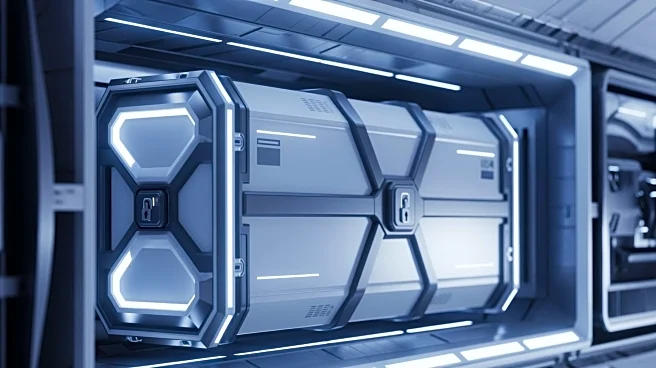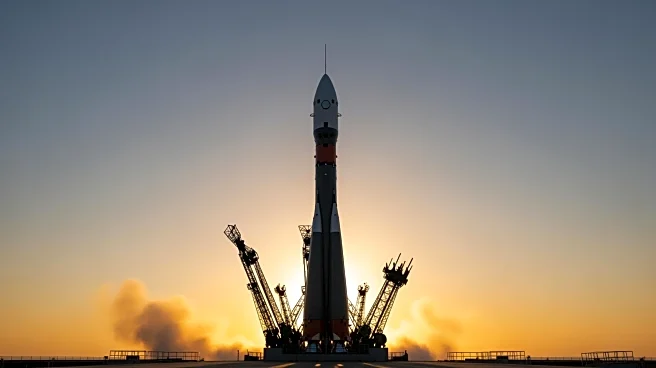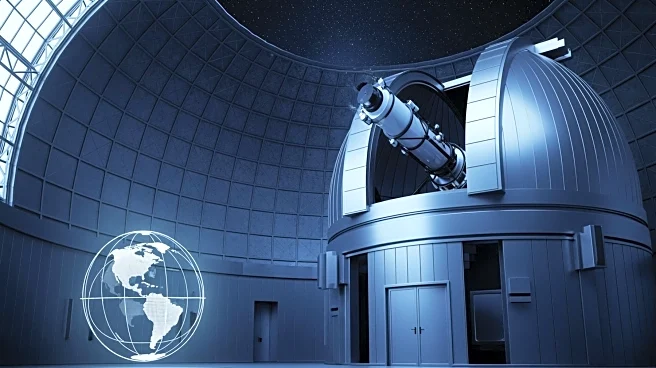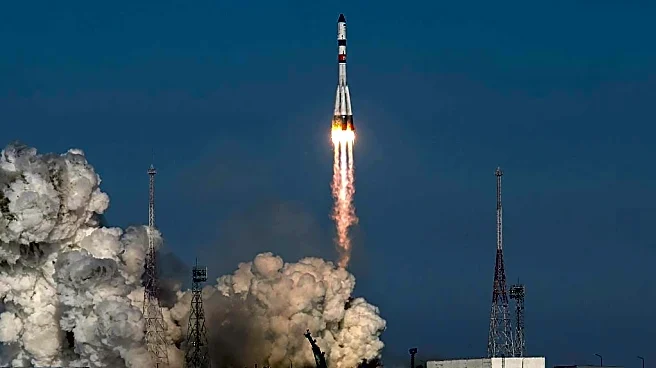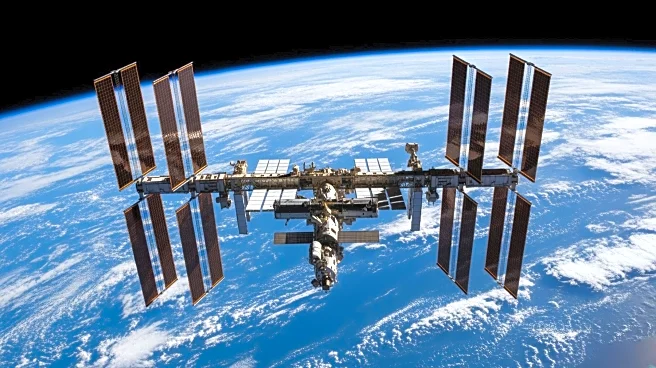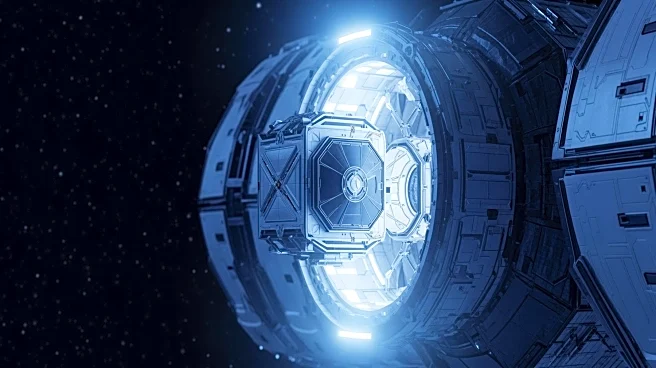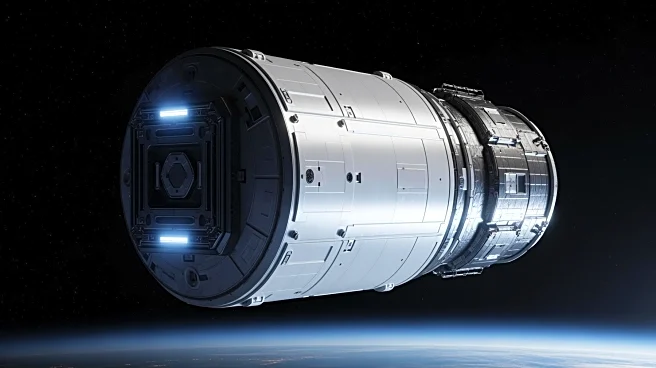What's Happening?
NASA has announced that the upcoming Boeing Starliner mission to the International Space Station, scheduled for April 2026, will be designated for cargo transport only, excluding crew. This decision follows a previous mission where the Starliner experienced
thruster issues, resulting in an extended stay for the crew aboard the ISS and their eventual return via a SpaceX Dragon capsule. The Starliner program, initially contracted in 2014 for $4.2 billion to develop a crew transport vehicle, has faced multiple delays and budget overruns, exceeding $2 billion. Despite completing a cargo mission in 2022 and a crewed test mission in 2024, NASA remains cautious about the spacecraft's reliability. The upcoming mission aims to validate recent upgrades and ensure the craft's safety before resuming crewed flights.
Why It's Important?
The decision to scale back the Boeing Starliner mission underscores the critical importance of safety in space travel, particularly for crewed missions. NASA's cautious approach reflects the agency's commitment to ensuring astronaut safety and the reliability of its spacecraft. This move impacts Boeing's reputation and financial standing, as the company faces increased scrutiny and pressure to deliver a dependable transport solution. The shift to cargo-only missions allows NASA and Boeing to focus on system certification and reliability improvements, which are essential for future crewed missions. The outcome of these efforts will influence NASA's long-term planning and operational needs for the ISS through 2030.
What's Next?
NASA and Boeing will continue rigorous testing of the Starliner propulsion system in preparation for potential flights in 2026. The success of the upcoming cargo mission will be pivotal in determining the feasibility of future crewed launches. NASA has indicated that of the six contracted crewed missions, only four are guaranteed, with the final two being optional. The agency's decision will depend on the Starliner's performance and its ability to meet safety standards. Stakeholders, including NASA, Boeing, and the broader aerospace community, will closely monitor the mission's progress and outcomes.
